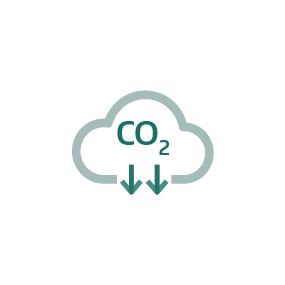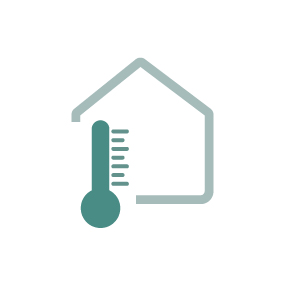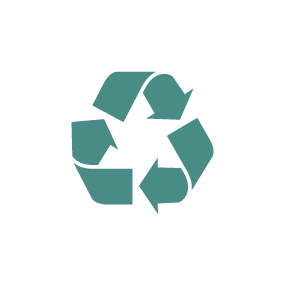Our ESG goals

We want to make our company and our products more and more recyclable. In this regard, we are working intensively with the cradle-to-cradle approach and are also striving for continuous improvement in the Circular Globe Assessment.

True to the motto "Every accident at work is one too many", we endeavour to ensure that no more employees are injured. Measures to achieve this include the further development of the Safety First concept and more inspection rounds.

By 2025, we are aiming to reduce CO₂ emissions by up to 20 per cent in defined main product groups. In future, we will take eco-design guidelines into account when developing new products.

Not just in top management, but at all levels. Measures include further training programmes, a focus on equal opportunities in recruiting, promoting female specialists in in-house apprenticeships, etc.

The consistent use of LED lighting systems, the expansion of photovoltaic systems at our locations and the reduction of basic energy loads through optimised plant operation should further improve this key figure in future. By 2025, we aim to increase this figure by 8 per cent compared to 2020.

We want to completely ban hazardous substances of very high concern (SVHC) from our production. The next step is the reduction or substitution of CMR (carcinogenic mutagenic reprotoxic) substances by 2025. As part of the circular economy, we are also focussing on the topic of material health and - related to this - the working materials used.

We want to further reduce waste per unit produced - for example through consistent in-house recycling, selected material substitution projects or by identifying and closing internal material cycles.

We want to reduce the CO₂ impact of our packaging process by up to 50 per cent by 2025. Measures include switching to biodegradable plastic, going paperless by eliminating the need for container labels and printed forms, etc.

Our goal is to reduce water intensity by 5 per cent compared to 2020. We will achieve this by continuing to invest in new technologies that make the production process more efficient, ecological and recyclable.
Due to new regulatory requirements, improved data collection and more granular calculation models, we will revise our key figures and our targets in 2024 and bring them in line with the state of the art.